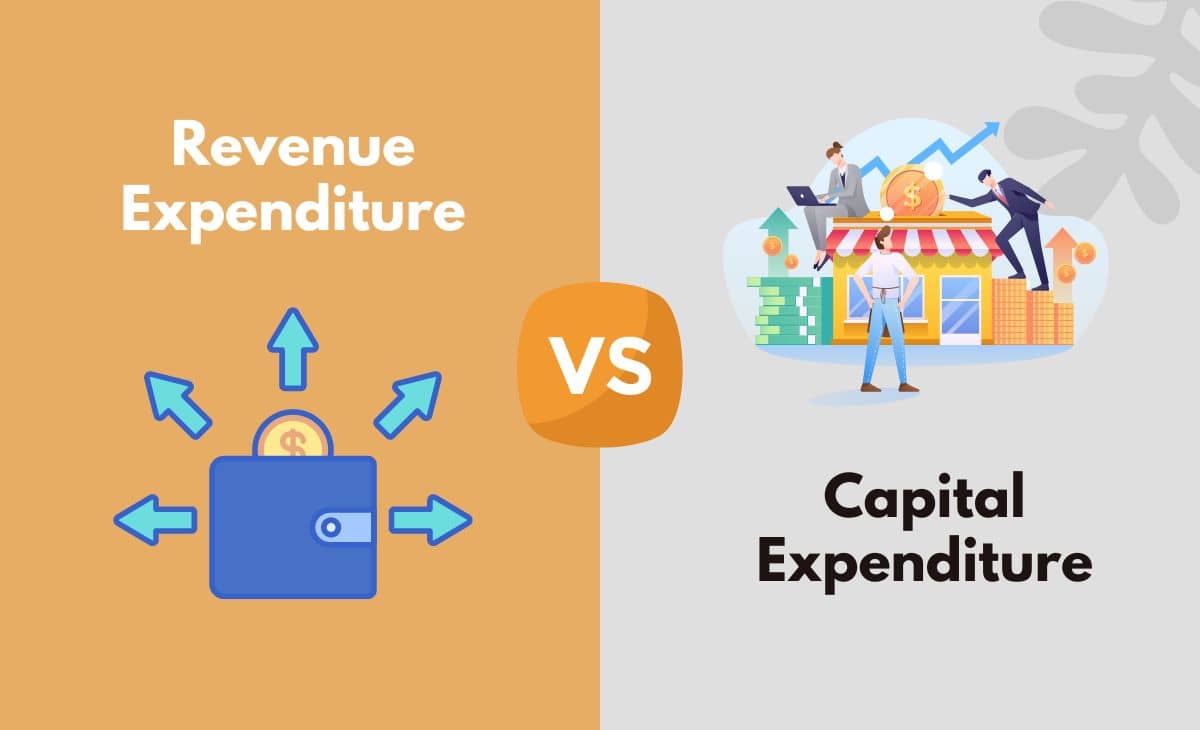
By implementing cost-cutting measures and optimizing resource utilization, businesses can enhance their financial health and navigate the intricacies of revenue expenditure effectively. Capital expenditures are defined as the costs of purchasing and upgrading fixed assets such as buildings, machinery, equipment, and vehicles. In cases where a company has purchased intangible assets as part of its capital expenditures, the formula may be modified to include both depreciation and amortization.
A disfunção erétil é uma condição que afeta muitos homens, levando a sentimentos de frustração e ansiedade. Muitas vezes, fatores como o estresse, problemas de relacionamento ou condições de saúde subjacentes podem contribuir para esse desafio. Atualmente, há diversas opções de tratamento disponíveis, que incluem desde terapias psicológicas a medicamentos específicos. Uma solução prática é recorrer a uma farmácia portuguesa online, onde é possível obter os produtos necessários de forma discreta e conveniente. Nesta plataforma, como a encontrada em https://saude-pt.com/, os homens podem encontrar informações úteis e produtos que podem ajudar a melhorar a situação. É fundamental abordar o tema com abertura e procurar o apoio adequado para resolver esta questão.
- A high ratio reveals that a company has a lesser need to utilize debt or equity funding since it has enough cash to cover possible capital expenditures.
- The direct expense is the expense that occurs from the production of raw material to final goods and services.
- These long-term assets must have a useful life of a year or more and are intended to enhance the efficiency of a business.
If a business concern pays less than what was originally incurred, is the amount paid still treated as a payment?
Further, it creates a capital asset or capital liability, such as plant and machinery, land and building or share capital, loan etc. A ratio greater than 1.0 could mean that the company’s operations are generating the cash necessary to fund its asset acquisitions. A ratio of less than 1.0 may indicate that the company is having issues with cash inflows and its purchase of capital assets. A company with a ratio of less than one may have to borrow money to fund its purchase of capital assets.
Content: Capital Vs Revenue Expenditure
Capital expenditures are often used to undertake new projects or investments by a company. Typically, the purpose of CapEx is to expand a company’s ability to generate revenue and earnings. Conversely, revenue expenditures are the operational expenses for running the day-to-day business and the maintenance costs that are necessary to keep the asset in working order. Revenue expenditure is also known as operating expenditure, and it gives rise to expenses incurred in the day-to-day running of the business. In contrast, capital expenditure gives rise to assets that form the company’s fixed assets.

What type of expected benefits does a company derive from revenue expenditures?
With this concept, the income statement results will give more accurate results to the user of the company’s income statement. Recorded on the income statement, revenue expenditures, or operating expenses subtract from a company’s sales revenue, arriving at its net income or profit. This blog aims to provide a comprehensive understanding federal tax laws of capital expenditures and revenue expenditure, highlighting their definitions, characteristics, accounting treatment, and practical examples. By exploring the nuances of capital expenditure and revenue expenditure, businesses can make informed financial decisions, optimize resource allocation, and drive sustainable growth.
Accounting for Capital Expenditures Subsequent to Purchase
Costs that are related to future revenues, such as buildings, patents, or machines, are typically considered capital expenditures. Capital expenditures are recorded on cash flow statements under investing activities and on the balance sheet, usually under property, plant, and equipment (PP&E). When the value of the fixed asset is acquired or increased by way of capital expenditure, we will debit the asset account. This is because these expenditures result in an increase in the value of assets. It indicates a large capital investment which the company does to maintain or expand its potential to generate more profits. The firm also spends it to increase its lifespan to generate future cash flows or to decrease the cost of production.
Is capital expenditure an expense?
A company expects to use up or consume the product or service derived from Revenue Expenditures; therefore, they do not expect it to last long term. According to this article, it is to trace and record the cost of an asset in relationship to its useful life. If an entity other than the one that initially incurred the expenditure makes the payment, the amount initially incurred is adjusted against the entity that finally pays. Tutorials Point is a leading Ed Tech company striving to provide the best learning material on technical and non-technical subjects. Capital expenditure budgeting should be based on clear and concise policies. These policies should be designed to achieve the goals and objectives of the company.
The CFS shows all of the inflows and outflows of cash in a particular period. When a company buys equipment, for example, they must show the cash outflow on their CFS. In addition, the equipment must also be recorded within total assets on the balance sheet.
They include all the expenses that are required to meet the current operational costs of the business, making them essentially the same as operating expenses (OPEX). Tracking revenue expenditure allows a business to link earned revenue with the business operations expenses incurred during the same accounting year. Capital expenditures (CapEx) are funds used for one-time large purchases of fixed assets that will be used for revenue generation over a longer period. This could be to acquire, upgrade, and maintain physical assets such as property, buildings, or equipment. Revenue expenditures, on the other hand, are typically referred to as ongoing operating expenses (OpEx), which are short-term expenses that are used in running the daily business operations. You can also calculate capital expenditures using data from a company’s income statement and balance sheet.
Effectively managing RevEx is crucial for maintaining financial stability, ensuring profitability, and allocating resources for sustainable growth. Discount on issue of shares and losses on sale of fixed assets are the capital loss and would be set off against the capital profits only. Revenue losses on normal business activity are part of the profit and loss account. Meanwhile, costs that are not related to generating future revenues, such as rent, advertising, or salaries, are considered operating expenses.
For instance, a company’s capital expenditures include things like equipment, property, vehicles, and computers. Revenue expenditures, on the other hand, may include things like rent, employee wages, and property taxes. A capital expenditure refers to any money spent by a business for expenses that will be used in the long term while revenue expenditures are used for short-term expenses. Our writing and editorial staff are a team of experts holding advanced financial designations and have written for most major financial media publications.




